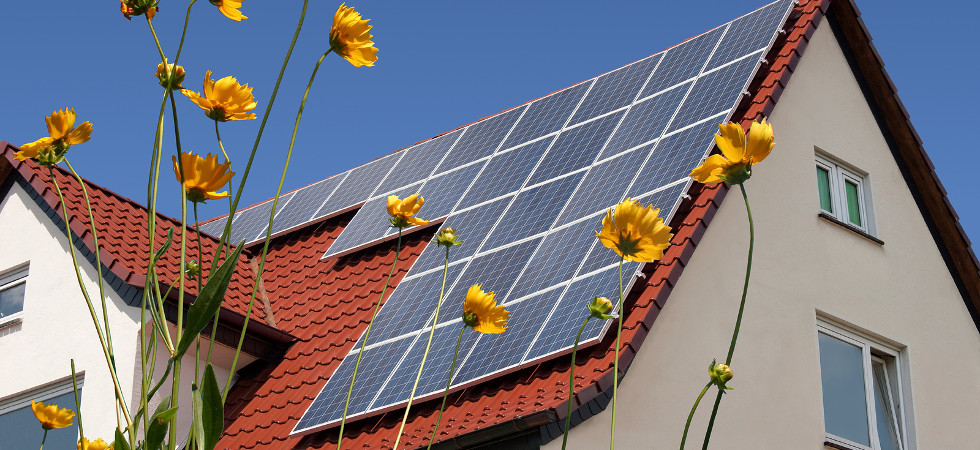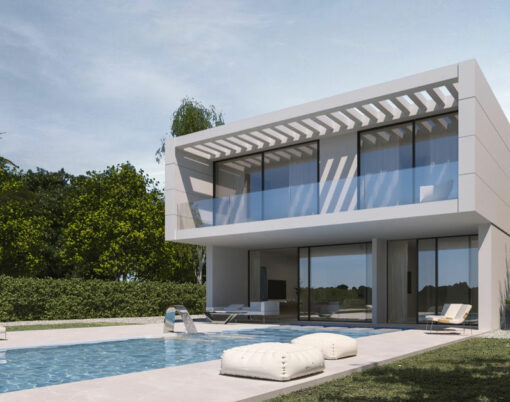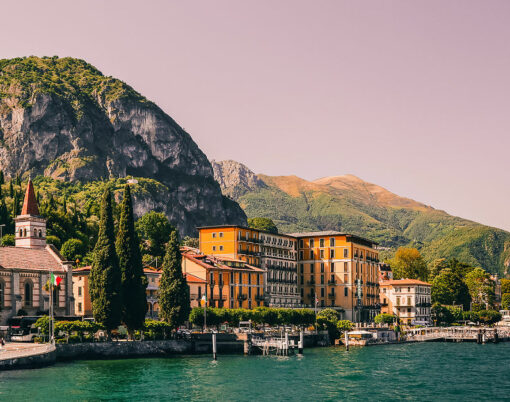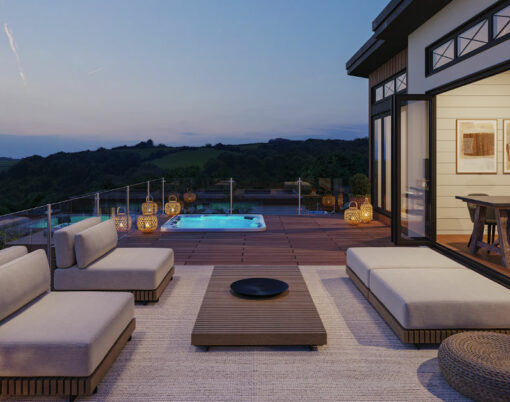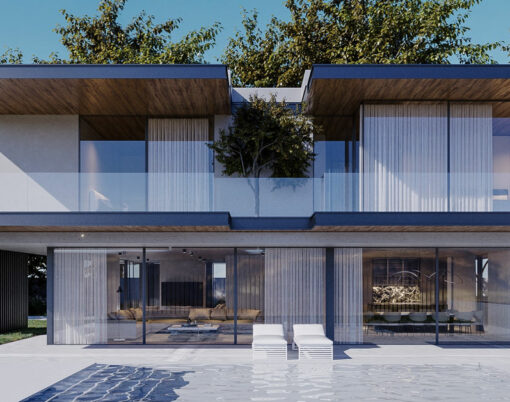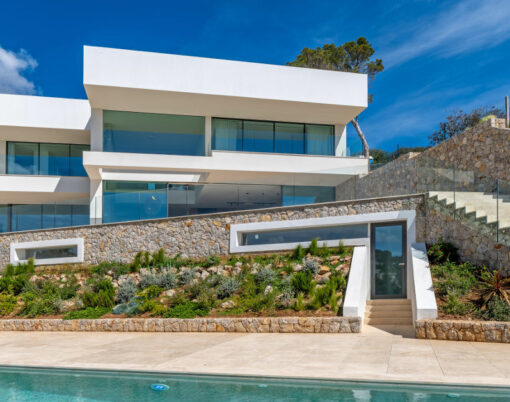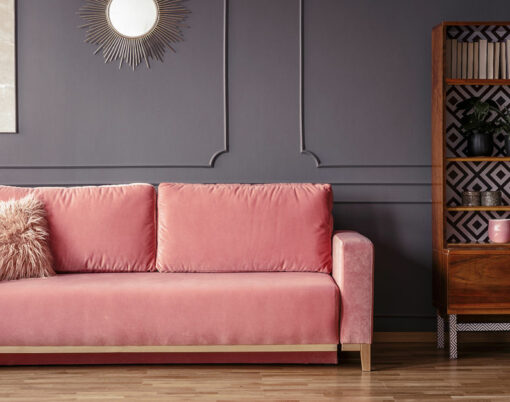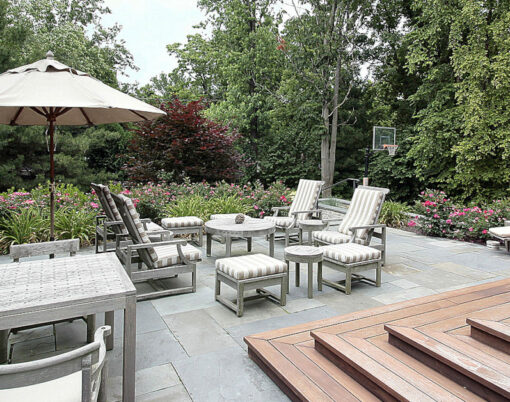How environmentally friendly is your home? The demand for sustainable homes has never been higher than it is now, and gone are the days when an eco-friendly abode was all about saving yourself some money. These days, everyone – no matter how rich or famous – is looking for ways to cut their carbon emissions and reduce their impact on the environment – and, with the UK having declared a climate emergency earlier this year, there’s no better time to follow suit.
Luxury homes can require a lot of energy to heat and run, and from your heated pool to your hot tub, the things we love the most about our abodes could be doing more harm than good. With the effects of climate change now becoming more and more evident across the globe, we can no longer ignore the impact each of us are having – but the good news is that we can all do our bit to reduce ours with a few small changes – starting at home.
When money isn’t an issue, the possibilities for positive change are endless, and going green doesn’t have to impact your home’s luxurious appeal – or mean you have to give up your favourite mod cons. In fact, in many ways, making a few small tweaks will often serve to enhance them. Read on to find out how.
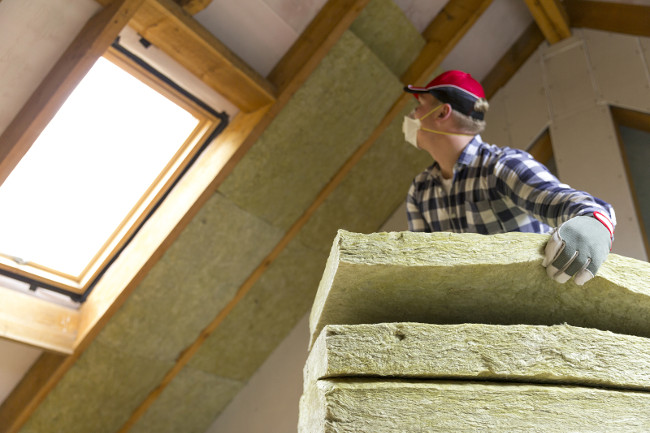
Manage heat loss
Energy efficiency is a key consideration when seeking to make your home a little greener. Although the most energy efficient homes today are built according to rigorous green building code and feature a strong focus on achieving maximum airtightness, the good news is that you don’t have to start from scratch and have a new home built.
The most effective way to instantly improve your home’s energy-efficiency status is to check your roof, walls and floors are properly insulated. If not then combined, they can account for a huge amount of heat loss, resulting in the over-use of central heating and pushing your carbon emissions up. Equally, draughts are common culprits for this, so fit excluders around doors, windows and letterboxes to keep them to a minimum.
Consider a tankless water heater
Tankless water heaters are more energy efficient than traditional tanks, because the heating of water is not done in the tank – instead happening as and when the hot water is used. Requiring much less physical space than tank heaters, they are able to conveniently heat water on demand. A great solution if your home had a hot tub or heated pool, if you currently rely on a 66 or 80 gallon tank – or even a 50 gallon one – then upgrading to a tankless water heater is a great way to reduce your carbon footprint.
Finding the best tankless water heater requires research; there are dozens of options on the market today, so be sure to talk to a professional about your requirements before committing.
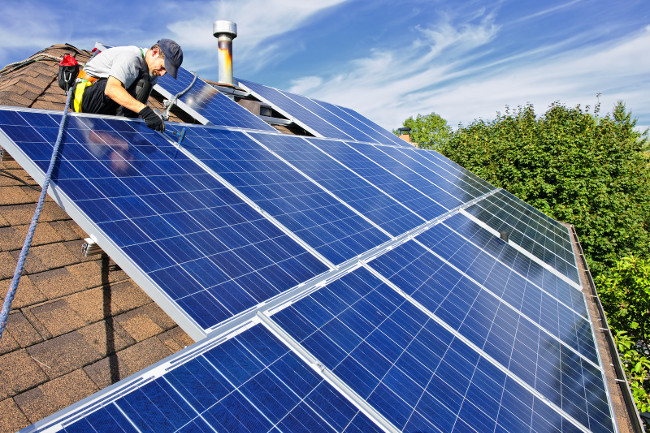
Have solar panels installed
If you’re looking for a clean, green source of renewable energy, then look no further than solar power. One of the most effective ways to reduce your carbon footprint in your own home, once you have your panels fitted, you’re all set. All they need to function is a source of clean water – they don’t release any green house gases, and use no other resources.
Solar power is self-sufficient and installing solar panels on your roof is a safe and easy way to contribute to a sustainable future.
Upgrade your windows
A greener home isn’t just about energy efficiency, and choosing more environmentally friendly materials is another great way to lessen your overall impact on the planet – and even your own health. Wooden window frames are a far better choice than any other material, thanks to their efficient insulating properties and durability, and are also less polluting than their more popular UPVC counterparts, which have been shown to emit toxic compounds.
Of course, efficiency does still come into the equation here, and double-glazing will make for a more airtight envelope – preventing rapid heat loss and minimising the need to continuously heat your home.
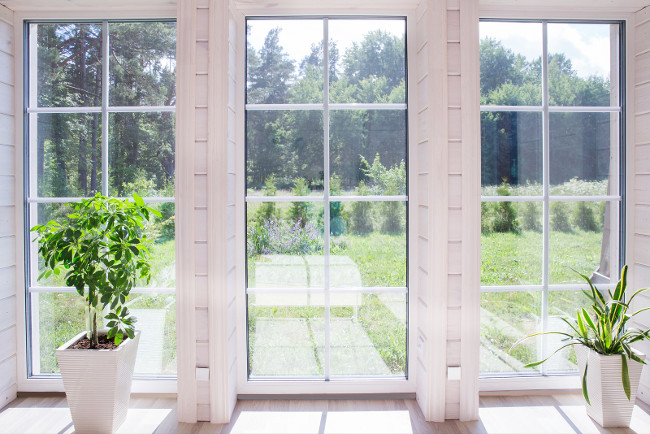
Consider a heat control system
Getting your home temperature under control is one of the best ways to ensure that you are using your energy supply as efficiently as possible, and getting a smart heat control system installed makes it easy and convenient to keep on top of wherever you are. Nest and Hive are both popular choices, allowing you to monitor and change your settings on the go, all through your smartphone.
It doesn’t take much to make your home a little greener, and if money is no object then you have the power to make some impactful changes that will dramatically reduce your carbon footprint. If you’re a frequent flyer – whether for business or leisure – then you should seriously consider trying to offset some of the damage by making some environmentally friendly tweaks to your home – some things can’t be avoided, so it’s all about making a difference where you can.












